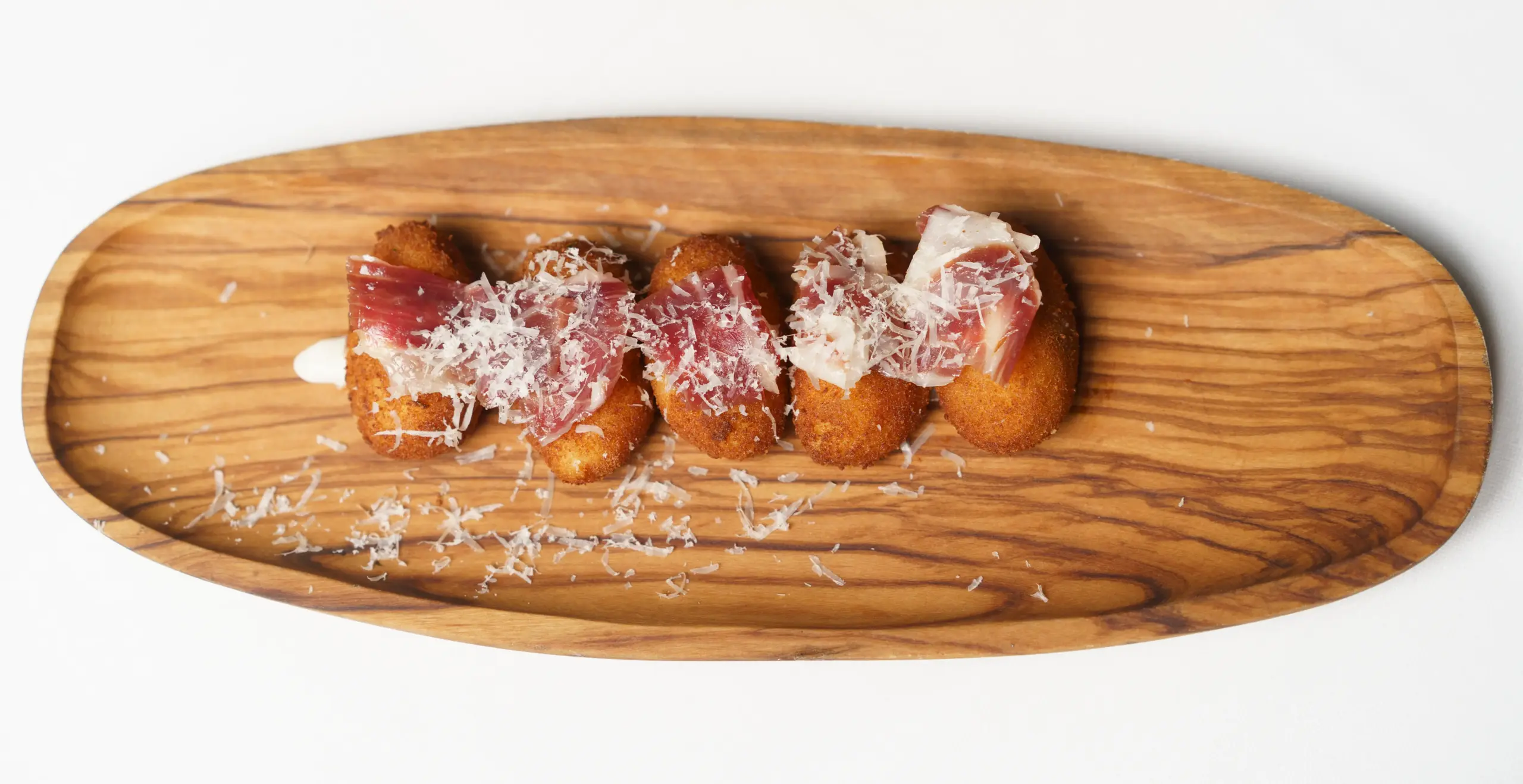Zeru’s elegant Miami location presents spectacular cuisine from provincial Spain
By Andrew Gayle
Considering the huge number of companies from Spain that operate in Miami, it’s surprising how few Spanish restaurants there are here; even those few are located mostly in the leafy suburb of Coral Gables. Zeru, which opened on Brickell Avenue just over six months ago, is a dramatic new entry into the Spanish culinary scene that tips the balance back to Miami proper.


Zeru Miami is the third iteration of the restaurant that was born in 2009 in Mexico City, where it is rated as one of the top dining spots in that cuisine-mad city. While its creators are Mexican, their families come from the Basque region of Spain – including Executive Chef Israel Arechiga, whose grandfather was Basque – and that is the focus of Zeru Miami: a refreshingly different palate derived from the seafood of the North Atlantic and the produce of Northwestern Spain. Yes, they serve dishes from other parts of the Iberian Peninsula, but it’s the Basque dishes that predominate. And thankfully so, for the Basque region is renowned in gustatory circles, with 22 Michelin star restaurants, three of them considered among the top 50 in the world (the word “zeru” means “heaven” in Basque).
“Our primary focus is Basque and Northern Spanish [food], with some Mediterranean cuisine,” says General Manager Alex Moredia. “So we have Valencia rice and other dishes from around Spain, but instead of listing the different places, we just say ‘Mediterranean.’”

While the menu offers a requisite array of beef – filet mignon, ribeye, Kobe striploin – the showstopping entree is the whole fish, grilled Getarian-style. This means it’s cooked in the ancient manner of the Basque village of Getaria – over hot coals in a special metal cage to keep the fish intact, then finished with olive oil, vinegar, and garlic. This brings out the taste while keeping the fish moist and tender; diners can pick between turbot, branzino, and dover, or the fish of the day, for between $40 to $52 a pound. We picked the turbot and it was a delight, fresh and flavorful, enough to turn the hardest carnivore into a pescatarian.


Before we reached that magnificent fish, however, we dove into the “pintxos” part of the menu, to sample these small “pierced” snacks that are especially popular in Basque country. Among these were two arrays of croquettes; one of seafood (shrimp, mussels and octopus puree inside) speared with mussels and placed on a drizzle of aioli sauce ($24), the other of pureed Iberian ham, topped with a slice of exquisite jamon Iberico pata negra and grated parmesan ($22). Both were quite good, but the ham variation reached greatness.

Also from the pintxos menu, we sampled piquillo peppers stuffed with black cod ($26), which beautifully combined the salty fish with the soft, red peppers, and bonito tuna montaditos with anchovies and avocado ($22). This latter dish was remarkable in the way it brought out the tuna flavor, spiked by the anchovy; it was a table favorite.
From the appetizer menu, we tried the “Mojo Canario” octopus. We are not big fans of octopus; at most restaurants it’s served grilled and rubbery. But at the urging of our waiter Danny, we tried what amounts to the tastiest octopus we’ve yet tried: flattened, grilled, and then baked with a caramelized red mojo sauce ($30), a Canary island specialty made from Pimienta Palmera peppers, cumin, garlic, and red wine vinegar that gave the soft octopus a sweet edge.

We also sampled (and were in awe of ) the Tudelan artichokes, which come from the Spanish Navarre region adjacent to Basque country. These were infused with Idiazabal – a nutty, smoky Basque cheese from sheep – and served with the precious pata negra ham ($28). These looked like small lamb chops, baked and then crisped in the oven with a last dash of parmesan cheese.
As stunning as these tastes were, our favorite dishes were from the two rice sections of the menu – the “Socarrats” and “Mellow Rices.” From the Socarrats section, we tried the wild baby squid with prawns in sepia ink ($38), and from the mellow rices we chose Josper-oven roasted organic vegetables ($34).
“Our rice dishes are among the most popular,” says Moredia, “in particular the socarrats, which forms a crust underneath. Socarrat means burned, and we stick it in a very special oven manufactured in Barcelona where we let the lower part of the rice burn.” We also loved our Mellow rice selection, almost a stew of slow-cooked roots and greens. “When you have a good product – a good fish or good vegetables – you have to touch it as little as possible. You have to pamper the ingredients, and when you do you will have something amazing,” Moredia says.
You can say the same about Zeru, with all the right ingredients of excellent service, elegant décor, creative cocktails, and exquisite new flavors that have created a loyal clientele. When you go, keep in mind that it is set back from Brickell, reached by an inner driveway from either 13th or 14th Street.












